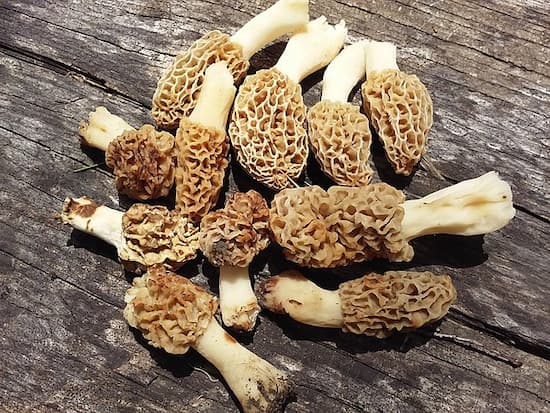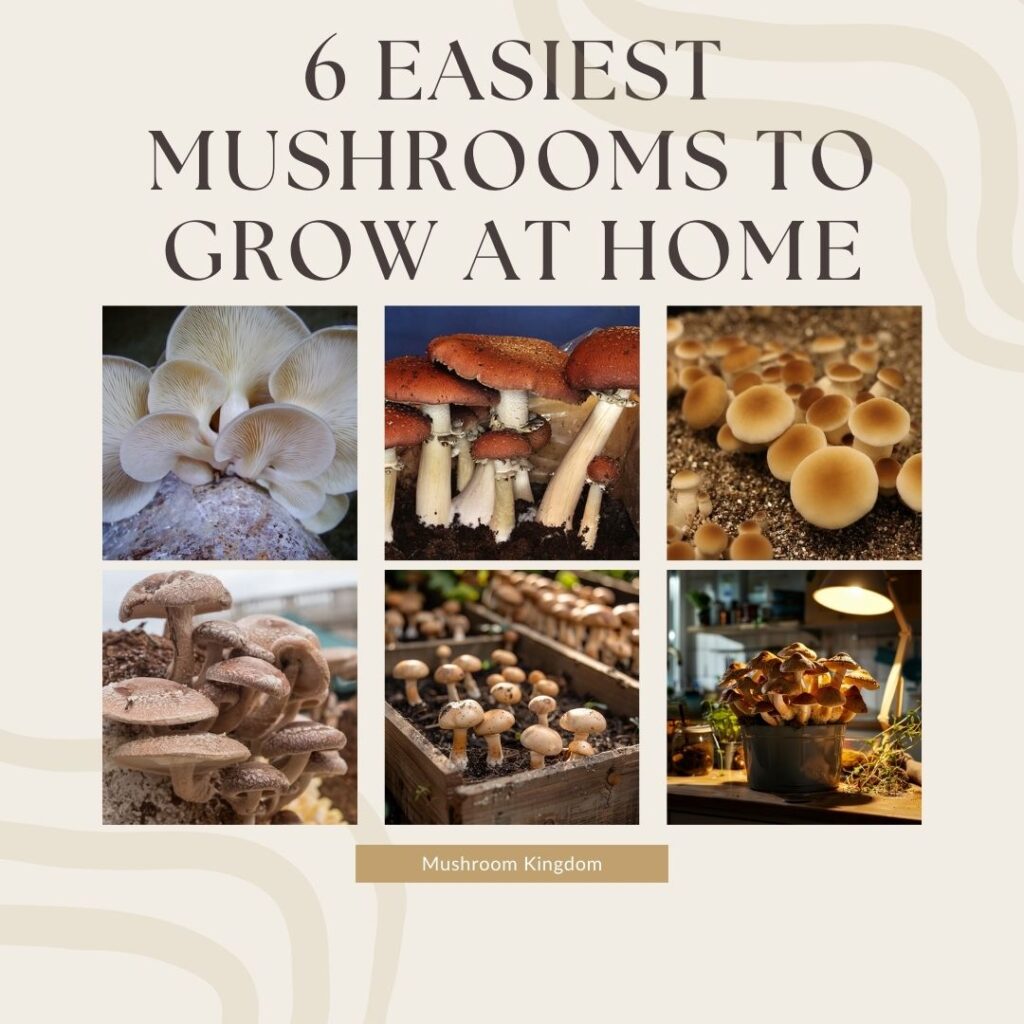Learning how to grow morel mushrooms can be both rewarding and challenging. These elusive fungi are renowned for their distinctive flavor and culinary value, making them a sought-after prize for mushroom hunters and growers alike.
This guide will walk you through the steps of growing morel mushrooms, from planting to harvesting, and provide tips on storage and tasting.

Can You Grow Morel Mushrooms?
Yes, you can grow morel mushrooms, but it requires patience and the right conditions. Unlike some other mushrooms, morels are notoriously finicky about their growing environment. However, with the right knowledge and a bit of perseverance, you can successfully cultivate them at home.
How Fast Does a Morel Mushroom Grow?
Morel mushrooms can grow quite rapidly under ideal conditions. Once the mycelium (the vegetative part of the fungus) is established, morels can appear and mature in as little as 10–12 days. However, getting to this point can take several months to a year.
How to Plant Morel Mushrooms
Morels prefer a cool, moist environment with well-drained soil. They often grow in wooded areas with a mix of sun and shade. If you’re growing morels outdoors, select a spot with these conditions. Indoors, you can simulate these conditions with a controlled growing environment.
Here are the other steps you need to take:
Prepare the Soil
Morels thrive in soil rich in organic matter. Prepare your planting site by mixing compost or well-rotted manure into the soil. Ensure the soil has good drainage to prevent waterlogging, which can inhibit mushroom growth.
Obtain Morel Spawn
You’ll need morel mushroom spawn, which is the fungal equivalent of seeds. You can purchase morel spawn from specialized suppliers. Make sure to choose a reputable source to ensure high-quality spawn.
Plant the Morel Spawn
Plant the morel spawn in the prepared soil. Spread it evenly over the planting area and lightly cover it with a thin layer of soil. Water the area gently to keep it moist but not soggy.
Maintain the Right Conditions
Keep the soil consistently moist and maintain a cool temperature. Morels require temperatures between 50–70°F (10–21°C) to thrive. In outdoor settings, they typically fruit in the spring after a cool, moist period.
Caring for Your Morel Mushroom Patch
Water your morel patch regularly to keep the soil moist. Avoid overwatering, as this can lead to rot. A light misting is usually sufficient.
Mulch the area with straw or wood chips to help retain moisture and regulate temperature. This also mimics the natural forest floor environment where morels often grow.
Also, keep an eye out for contaminants such as mold or competing fungi. If you spot any, carefully remove the affected area to prevent it from spreading.
How to Pick Morel Mushrooms
Harvest morels when they are mature but still firm. They should be between 2–4 inches tall and have a honeycomb-like cap. Avoid picking morels that appear old, mushy, or have started to decay.
Gently twist or cut the mushroom at the base to avoid damaging the mycelium network underground. This helps ensure future harvests. Always use a sharp knife or scissors for a clean cut.
How to Store Morel Mushrooms
Clean your morels gently with a brush or damp cloth to remove dirt and debris. Avoid soaking them in water, as they can absorb it and become mushy.
Store them in the refrigerator in a paper bag or wrapped in a damp cloth. They can last up to a week this way. Avoid storing them in plastic bags, which can cause them to become slimy.
Also, drying is an excellent way to preserve them for longer periods. Slice them in half and place them in a dehydrator or on a drying rack in a well-ventilated area. Once dried, store them in an airtight container.
You can also freeze morels. Clean and blanch them in boiling water for a minute, then cool them quickly in ice water. Drain and freeze them on a baking sheet before transferring them to a freezer bag.
Additional Tips for Successful Morel Mushroom Growing
Growing morel mushrooms takes time and effort. Don’t be discouraged if you don’t see results immediately. Keep maintaining your morel patch, and you may be rewarded in future seasons.
Some growers have success with different methods, such as using morel mushroom kits or creating mushroom beds. Experiment with various techniques to see what works best for your conditions.
Lastly, observe where these mushrooms naturally grow in your area and try to replicate those conditions in your growing environment. They often grow near certain types of trees, such as ash, elm, and apple. If you have these trees on your property, consider planting your morels nearby.
What Do Morel Mushrooms Taste Like?
Morel mushrooms have a unique, earthy flavor that many describe as nutty and woodsy. Their texture is meaty and slightly chewy, making them a versatile ingredient in various dishes. They are highly prized by chefs and home cooks for their ability to enhance the flavor profile of any meal.
Conclusion
Growing morel mushrooms can be a fulfilling project for mushroom enthusiasts.
From planting and caring for your morel patch to harvesting and storing your bounty, each step is a rewarding part of the process. With patience and persistence, you’ll soon enjoy the rich, earthy flavors of homegrown morel mushrooms.
Remember, the journey to growing morels is as rewarding as the destination. Happy mushroom growing!


